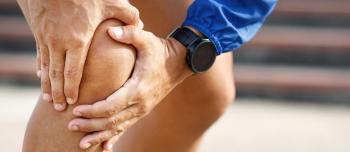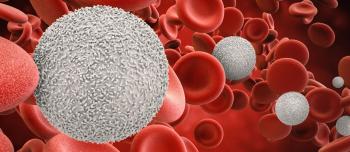According to a recent study, most postpubertal girls and adolescents who experience heavy menstrual bleeding are not screened for von Willebrand disease (VWD), despite years of recommendations from the American College of Obstetricians and Gynecologists. Investigators came to this conclusion after conducting a retrospective analysis of a national claims database of public and privately insured individuals from 2011-2013.
The study, “Patterns of von Willebrand Disease Screening in Girls and Adolescents with Heavy Menstrual Bleeding,” was published online May 7, 2018 in the journal Obstetrics & Gynecology. The lead author was Amanda Jacobson, MD, of Nationwide Children’s Hospital and The Ohio State University in Columbus, Ohio. The study was funded by the National Heart, Lung and Blood Institute.
Jacobsen and her colleagues reviewed claims data for more than 23,800 females between the ages of 10-17 with a diagnosis of heavy menstrual bleeding. Of that group, only 8% were screened for a deficiency of von Willebrand factor. Those who experienced severely heavy periods were screened at a slightly higher rate of 16%. Higher VWD screening rates were associated with younger patient age at diagnosis; individuals living in a metropolitan area; patients who underwent testing for iron deficiency anemia, and with individuals covered by commercial health insurance. Individuals living in a metropolitan area that was an hour or more drive from a hemophilia treatment center were less likely to undergo screening.
The investigators reaffirmed the necessity of regular VWD screening in instances where young females present with heavy menstrual periods, citing the positive clinical implications that can result. “Onset of heavy menstrual bleeding at menarche is often the first sign of von Willebrand disease in affected patients, explained Jacobson and her co-authors. “Early diagnosis of von Willebrand disease allows for additional treatment strategies for heavy menses if needed and prophylaxis for bleeding during future surgical procedures or childbirth.”
Source: Reuters Health, May 14, 2018





